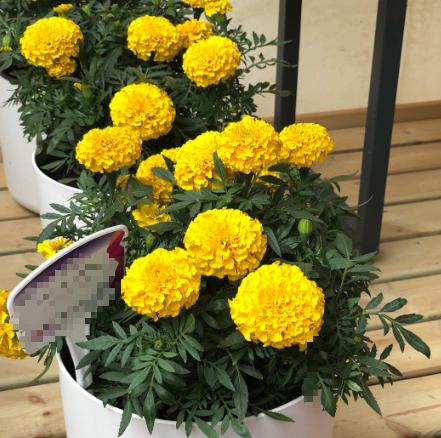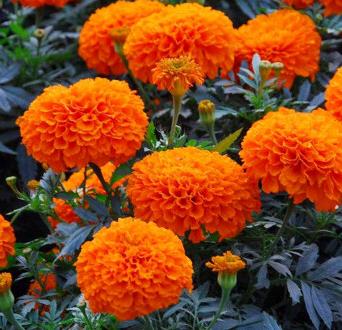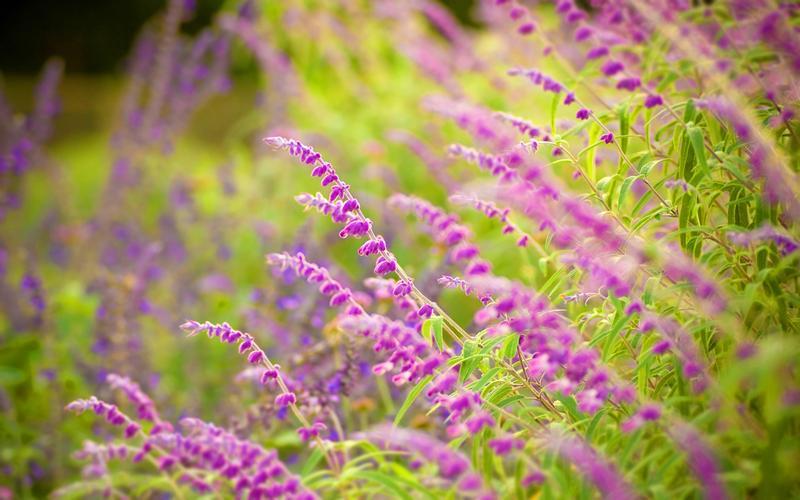Drosophyllaceae is a family of carnivorous plants that are native to the Cape region of South Africa. One interesting story about these plants is that they were discovered by a botanist named Francis Masson in the 1770s. Masson was working for the Royal Gardens at Kew in London and was sent on a collecting expedition to the Cape region. While there, he discovered and collected several new plant species, including Drosophyllum lusitanicum, which he named and described for the first time. Today, Drosophyllaceae is a small but fascinating family of plants that are prized by collectors for their unique carnivorous adaptations.
Picture
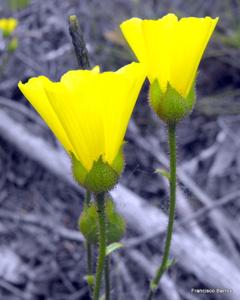
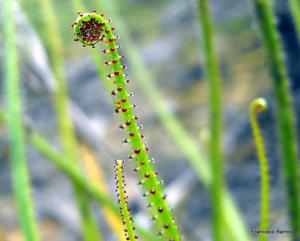
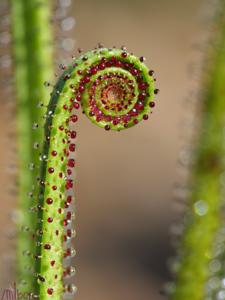
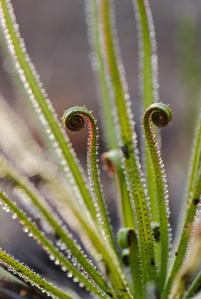
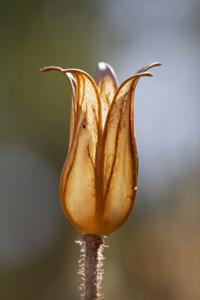
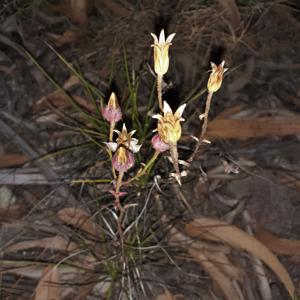
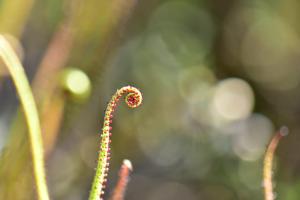
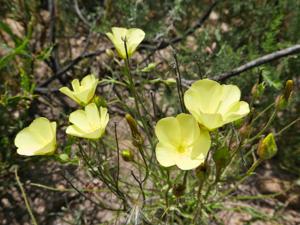
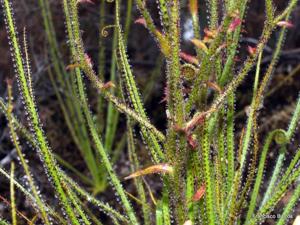
Plant some seeds now!
Short Description
Drosophyllum (/ˌdrɒsoʊˈfɪləm/ DROSS-oh-FIL-əm, rarely /drəˈsɒfɪləm/ drə-SOF-il-əm) is a genus of carnivorous plants containing the single species Drosophyllum lusitanicum, commonly known as Portuguese sundew or dewy pine. In appearance, it is similar to the related genus Drosera (the sundews), and to the much more distantly related Byblis (the rainbow plants).
Description
The mucilaginous glands of the plant
Drosophyllum lusitanicum is a perennial carnivorous plant with woody stems at the base, short, simple or rarely branched, tortuous or erect. Leaves are basal in a dense rosette, sessile, linear, sheathed, circinate, covered with sessile and pedunculated glands. The caulines are sessile, alternate, the upper bracteiform. Flowers are on top, racemiform or corymbiform and bear five 20–30 mm (0.79–1.18 in) yellow petals. The flower calyx has five lobes and is late deciduous. The plant has ten stamens and introrsal anthers. Gynoecium has five carpels. It has five styles, simple; capitate stigma. Fruit is in a unilocular capsule, and is partially divided into five locules, with irregular dehiscence by 3-5 teeth. Seeds are pear-shaped and rough, 2.5–3.0 mm (0.098–0.118 in) in diameter.
The 10–20 cm (3.9–7.9 in) glandular leaves, which uncoil from a central rosette, lack the power of movement common to most sundews, but have the unusual characteristic of coiling ‘outward’ when immature (outward circinate vernation). Seed germination may be aided by scarification.

